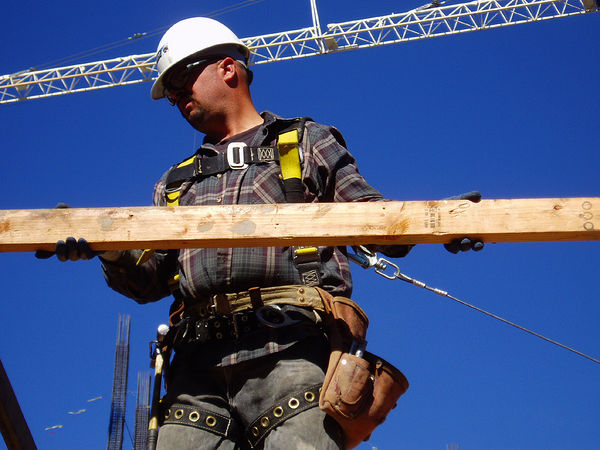The Occupational Safety and Health Administration, also known as OSHA, is a government-funded organization that works towards worker safety and improving employee workplace working conditions.
If you’ve ever been in the presence of OHSA officials, the experience may seem frightening.
The scope of the investigation, whether you have something to hide or not, will make any management team question the safety of their practices. If you’re interested in what not to do when a CSHO (Certified Safety and Health Official) enters your establishment, listen up because I could save your company or organization hundreds of thousands in violation costs.
Listen, Record, and Never Under-Estimate OSHA
One of the biggest “scare” factors of OSHA is the influence the organization has over small to medium sized businesses. Larger corporations have resources, lawyers, and officials that can challenge and win cases over OSHA if found non-compliant in safety regulations.
But if you’re a smaller company, you want to be prepared to an audit or inspection by a CSHO.
Make Sure You Review Credentials
Never be invasive or unaccommodating to these individuals because a simple partial (centralized) inspection may lead to a full sweep of your plant, business, or manufacturing facility. A full sweep of your establishment may uncover violations that originally were not even on the CSHO personnel agenda. Ignorant behavior towards these officials is similar to a bad encounter with a police-officer; they will try to find ways to enforce their power if threatened.
Simply and kindly ask them for their credentials to ensure they are in fact CSHO personnel – many competitors will pose as CSHO to gain access into facilities, but they are really pulling corporate espionage.
Delay Until Your Ready
Every company or organization that deals with on-site safety working hazards must have an educated, knowledgeable official that represents the company as a safety officer. This individual could be a CEO, president, or even an on-call lawyer. If this individual is not present, you do not want the CSHO to proceed with the inspection because “safety bullying” could occur.
In addition, if you have something to hide, delaying the inspection for the company’s safety representative may be in your best interest – you’ll be able to prepare your staff and facility more prior to the inspection.
Start With Conference
When the company’s safety representative appears on-site, make sure that prior to the inspection a conference is scheduled openly with management to discuss the details of the warrant or the information on the random inspection that is about to occur. Your safety representative may request a warrant for the investigation of the premises and the CSHO should be able to provide this information.
Make sure that everyone is on the same page prior to the start of the inspection because once the inspection begins the CSHO is free to conduct the search without interruption.
Accompany the CSHO, Record, and Ask Questions
Many of the safety violations are a “he said, she said,” subjective analysis of the situation. Just as police officers use “probable cause” to search an individual’s car, CSHO personnel will find a reason to look further into an inspected area. Make sure that you ask why they are checking certain areas, make notes, and record audio or video of the encounter in case of “foul play” by the officer.
All of the information that you record and the CSHO personnel records may be used in the court of law if OSHA is violating your privacy rights.
Josh McCarthy is from Orlando,Florida. He is a finance major at the University of Central Florida and enjoys trading stock options. He enjoys all athletics and is trying to make money for an engagement ring. Josh is a content writer for www.eCompliance.com, your source for health and safety software.



